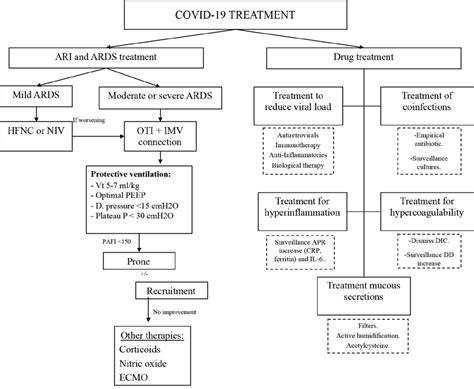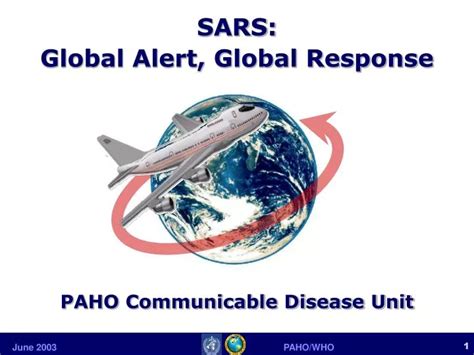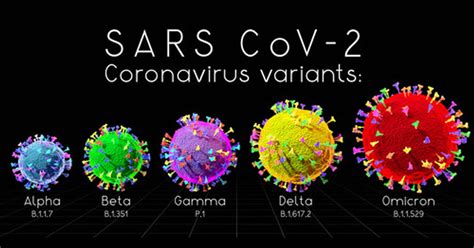Intro
The severe acute respiratory syndrome, commonly referred to as SARS, is a viral respiratory disease caused by the SARS coronavirus (SARS-CoV). It was first identified in 2002 and primarily affected Asia before spreading to other parts of the world. The disease is characterized by high fever, headache, and body aches, typically followed by respiratory symptoms such as cough and dyspnea. In severe cases, SARS can lead to pneumonia, acute respiratory distress, and even death.
Understanding SARS is crucial due to its potential for causing widespread illness and death, as evidenced by the 2002-2004 outbreak. This outbreak resulted in over 8,000 reported cases and nearly 800 deaths worldwide, prompting the World Health Organization (WHO) to issue a global alert and leading to a concerted international effort to contain the spread of the disease. The rapid identification of the virus, the development of diagnostic tests, and the implementation of control measures such as travel restrictions and quarantine were key factors in bringing the outbreak under control.
The study of SARS has also provided valuable insights into the emergence and spread of infectious diseases. It has highlighted the importance of global surveillance, rapid communication, and collaboration among health professionals and organizations in responding to public health emergencies. Moreover, research into SARS-CoV has contributed to our understanding of coronaviruses, a family of viruses that can cause illness in humans and animals, and has laid the groundwork for the development of diagnostic tools, treatments, and vaccines for similar diseases.
Introduction to SARS

SARS is primarily spread through close person-to-person contact, typically via respiratory droplets when an infected person coughs or sneezes. The virus can also survive on surfaces for a period, potentially leading to transmission through contact with contaminated objects. Symptoms of SARS usually appear within 2-7 days after exposure and can start with a high fever, which is often greater than 100.4°F (38°C). Other early symptoms may include headache, muscle or body aches, and mild respiratory symptoms. As the disease progresses, patients may develop more severe respiratory symptoms, including cough and difficulty breathing.
Causes and Transmission of SARS
The cause of SARS is the SARS coronavirus, a previously unknown strain of coronavirus. Coronaviruses are a large family of viruses that can cause a range of diseases, from the common cold to more severe illnesses like Middle East Respiratory Syndrome (MERS) and COVID-19. The exact origin of SARS-CoV is believed to be linked to an animal source, with bats being the natural reservoir of the virus. The transmission of SARS from animals to humans is thought to have occurred through an intermediate host, possibly the palm civet, a small mammal found in parts of Asia.Diagnosis and Treatment of SARS

Diagnosing SARS involves a combination of clinical evaluation, laboratory tests, and imaging studies. Laboratory tests can detect the presence of SARS-CoV in respiratory specimens, blood, or stool. Imaging studies, such as chest X-rays, can help identify lung abnormalities consistent with pneumonia. Treatment for SARS is primarily supportive, focusing on relieving symptoms, maintaining oxygen saturation, and preventing complications. In severe cases, patients may require hospitalization, oxygen therapy, and mechanical ventilation.
Prevention and Control Measures for SARS
Preventing the spread of SARS involves several key strategies, including: - Practicing good hygiene: Frequent handwashing with soap and water, especially after coming into contact with someone who is sick. - Using personal protective equipment (PPE): Healthcare workers should use masks, gloves, and gowns when caring for patients with suspected or confirmed SARS. - Implementing infection control measures: Isolating patients with SARS, using dedicated equipment, and ensuring proper ventilation in healthcare settings. - Reducing close contact: Avoiding close contact with anyone showing symptoms of SARS, and avoiding sharing personal items.Global Response to SARS

The global response to the SARS outbreak was swift and coordinated, involving international, national, and local health authorities. The WHO played a central role in identifying the disease, issuing alerts, and coordinating the global response. This included providing guidance on diagnosis, treatment, and infection control, as well as facilitating the sharing of information and resources among countries. The rapid development and dissemination of diagnostic tests, the implementation of travel restrictions, and the use of quarantine measures were critical in controlling the spread of the disease.
Lessons Learned from SARS
The SARS outbreak provided several key lessons for public health: - The importance of global surveillance and rapid reporting of unusual disease patterns. - The need for strong international collaboration and communication in responding to public health emergencies. - The critical role of infection control measures, including the use of PPE and isolation of cases, in preventing the spread of infectious diseases. - The value of investing in research and development of diagnostic tools, treatments, and vaccines for emerging diseases.Impact of SARS on Public Health

The impact of SARS on public health has been significant, highlighting the potential for emerging infectious diseases to cause widespread illness and death. The economic impact of the SARS outbreak was also substantial, with estimates suggesting that it resulted in billions of dollars in losses due to reduced travel, trade, and economic activity. Furthermore, the outbreak led to a significant increase in investment in public health infrastructure, including the development of new diagnostic technologies, the enhancement of surveillance systems, and the improvement of infection control practices.
Future Directions in SARS Research
Research into SARS continues, with a focus on several key areas: - Understanding the animal origin of SARS-CoV and the potential for future zoonotic transmission. - Developing more effective diagnostic tests and treatments for SARS. - Investigating the use of vaccines in preventing SARS and other coronavirus diseases. - Enhancing our understanding of the epidemiology and transmission dynamics of SARS, to inform the development of more effective public health strategies.Conclusion and Next Steps

In conclusion, SARS is a significant public health concern due to its potential for causing severe illness and death, as well as its impact on global health security and the economy. The lessons learned from the SARS outbreak have been invaluable, highlighting the importance of global surveillance, international collaboration, and the rapid development and implementation of public health strategies in response to emerging infectious diseases. As we move forward, it is essential to continue investing in research and development, to enhance our preparedness and response to future public health emergencies.
We invite readers to share their thoughts and questions about SARS in the comments below. For those interested in learning more about public health and infectious diseases, we recommend exploring reputable sources such as the World Health Organization and the Centers for Disease Control and Prevention. By working together and staying informed, we can build stronger, more resilient communities that are better equipped to face the challenges of emerging infectious diseases.
What is SARS?
+SARS, or severe acute respiratory syndrome, is a viral respiratory disease caused by the SARS coronavirus.
How is SARS transmitted?
+SARS is primarily spread through close person-to-person contact, via respiratory droplets when an infected person coughs or sneezes, and potentially through contact with contaminated surfaces.
What are the symptoms of SARS?
+Symptoms of SARS include high fever, headache, muscle or body aches, and mild respiratory symptoms, which can progress to more severe respiratory symptoms like cough and difficulty breathing.
